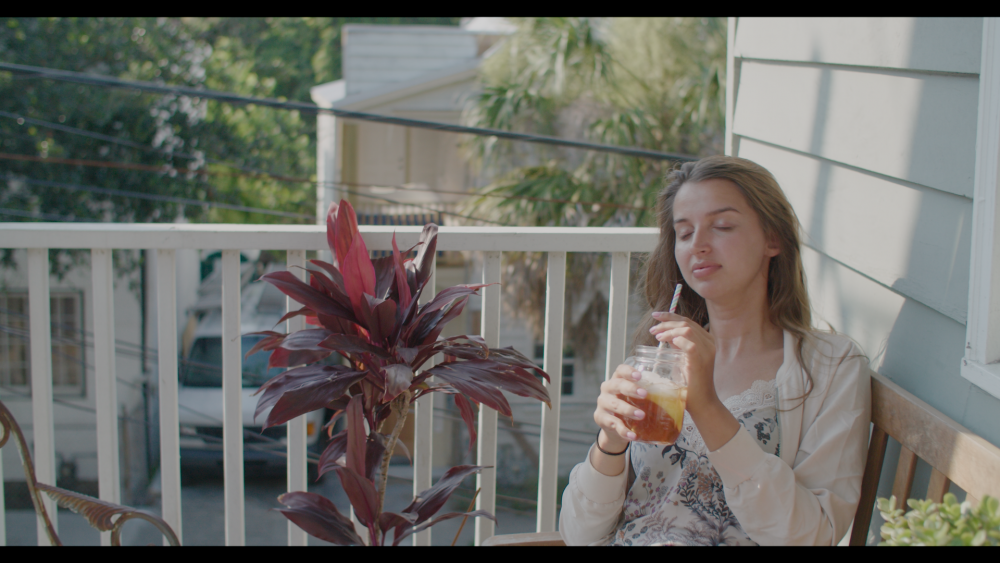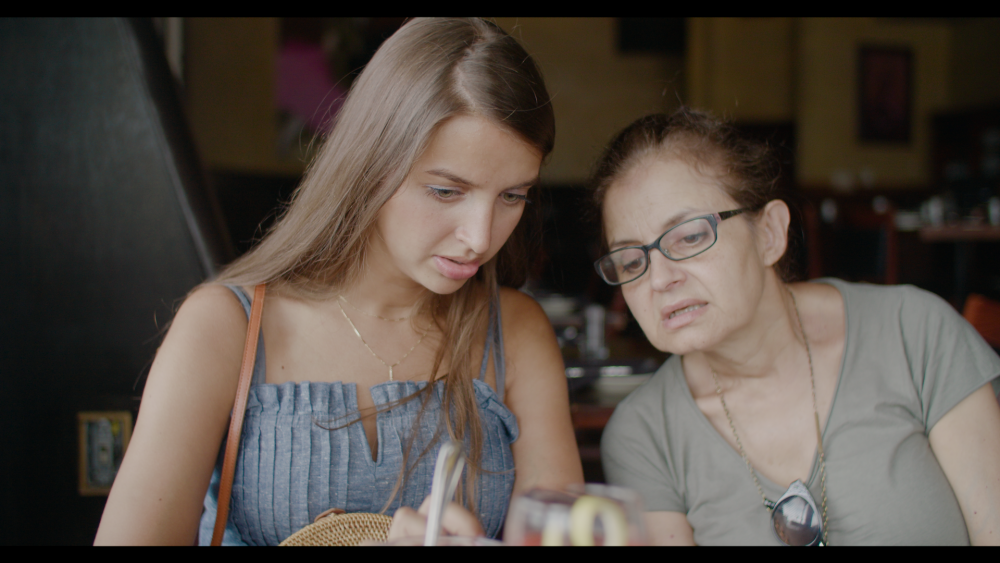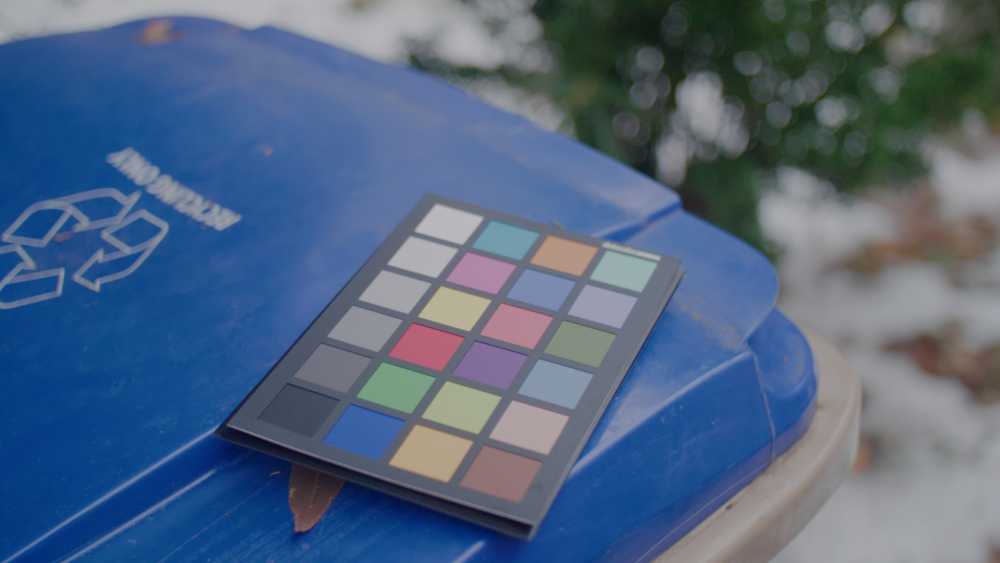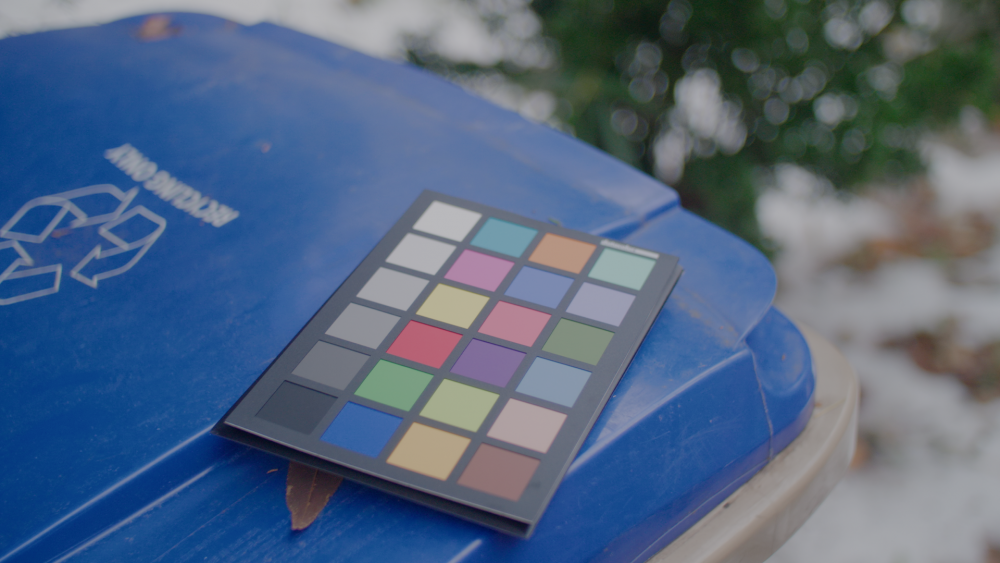-
Posts
659 -
Joined
-
Last visited
Content Type
Profiles
Forums
Articles
Everything posted by Sage
-
*Desert island The NTG3 would outlast the 5U in extreme humidity and RF. No mistake though, if I had to pick just one for the rest of my life, CMIT 5U
-
And that's A Ok; everyone has a unique vantage Those are solely my first hand experiences, which were so different than everything that I expected (and directly contradicted my personal thinking that the NTG3 should not be used indoors) Crazy as it sounds, I actually prefer the NTG3 to the MKH416! It has a more forgiving pick up pattern; and of course, there is the price factor If I had to pick one desert island dialog mic, it would probably be the CMIT 5U
-
I've got an Audix + MixPre 3. I used to work with a group that used NTG3 inside all the time. I had a chance to test them side by side; My impression was, as crazy as it sounds, that the NTG3 was a better choice, even inside. This is madness, and I was the one always pointing out they should have a hypercardioid. Over the years, there was a single occasion (of 1000s) that I remember the NTG3 distinctly failed, due to reflections. This specific scenario was a man with an incredibly deep and booming voice, facing a corner with two massive windows. I remember thinking it would sound incredible, but it was completely hollowed out and thin, unlike every other time with the NTG3. The frequency distribution and effortless richness of the NTG3 was simply preferable to the Audix, tested indoors. This is not a mark against the Audix, which has incredible sound of its own, but rather my surprise at how good the NTG3 was. One could get them closer with an EQ, but there was one radio guy's voice that I just couldn't match. I feel the MKH50 is the 'spiritual brother' of the NTG3 in hypercardioid land ('blockbuster' sound). Audix is like a cheaper option to the CMC641
-

How many sales are Canon losing from enthusiasts due to video shenanigans?
Sage replied to Andrew Reid's topic in Cameras
Right on, same here -
Still working on the P4K. Though with the P4K, its 'EC2.0' that is the focus. Everything has been revised and dialed in. That new standard foundation will be able to be brought to new cameras much more efficiently once out Not yet; you can expect things to move faster once the P4K is out. Dave Maze posted an S1H review using GHa on the sample footage sections (not sure how different it is from the S1):
-
I'm not sure yet, there is much to do. I am working at a consistent pace of late; I put in a few 14 hour days last week. Every day, I'm working as efficiently as I can. Yes, that intended HR handling I described has worked with flying colors (pun intended) and the files will be compatible with HR by default (reaching up into the 'super' values to conform them to LogC). Paired with the recent 129x129x129 HDR luts, this will mean superior performance for clipped gamut, especially extreme blue (although these colors are rare in everyday footage) Just yesterday, I finished the new EC component completely. At the heart of it are two 129x luts in sequence - they are 84MB each ? (the final files will be traditional 65x). It turned out that the final critical piece of the puzzle was to recode to handle negative numbers for 'theoretical' color regions when color is hyper saturated (combined with 129x). I am very happy with the performance of this new EC component; it is a perfect match to the primaries of Arri 709 at center, with 2020-like gamut handling at the edges, in a 709 envelope, and the smoothest conversion I have yet made. I think some with an S1 have it. Its not optimized for the S1, but the conversions do take into consideration this theoretical space (no clipping) above the GH5 range. In the case of S1 use, I advise lowering highlights in advance of the conversion (ideally with hue lock as in the pdf) to dial in range. I'm not sure when I'll be able to support the S1; all is resting on my ability to be as efficient with my time as possible.
-
Thanks so much! Indeed it seems the P6K has a unique personality of its own. I don't know when it'll be ready, but I can say it will be something special. An idea of what I've been kicking around: I rewrote the engine to work at whatever resolution on the fly. I did this to handle unique 97x/129x resolution passes that handle 'super' values beyond floating point 0.0 - 1.0. I've entirely remade the EC component in this larger space, and will be able to offer DCI-P3 variations (massively benefits 709 conversions as well)
-
Yes, its an estimated continuation of the 'fringe' data. All of the gamut (and theoretical gamut) continue from the known edge of the sample cloud. In this way, even cameras with a wider range and gamut than the original intended can be used sans clipping
-
There is no gamut compression; the key is that log formats are the 'data' format to HDR's 'display' format. Before displays could show a wide gamut and intense brightness, cameras were able to capture this data, which is stored in a log format.
-
Granted everything's set up for monitoring in HLG, and you want to deliver in that format, that would be the base. It would be used following the LogC variation (just as one would with ordinary LogC). The timeline would be set to work in HLG, so that the grading tools operate contoured to HLG
-
You'll want those Resolve CM settings at default; the entirety of the data is accessible. One can think of the input and output settings in Resolve CM as a 'global CST', so to speak. For 2020, one could then use Arri's 2020 from their generator after the converted LogC. Granted, accurate post monitoring workflows can be challenging to set up. https://www.arri.com/en/learn-help/learn-help-camera-system/tools/lut-generator
-
The HLG Pre maintains the entirety of the captured gamut, converted to VLog (and then to LogC; log profiles are wide gamut): Hlg Pre to VLog EC LogC
-
Both, though Braw is recommended for its unique advantages in this arena (accurate post WB etc.)
-
From the numbers, it sounds like its going to have a smaller pixel pitch. Grant noted that it would be 'almost identical', or something to that effect, but we'll have to see
-
Going by the numbers, it appears the pixel pitch will be decidedly smaller. I wonder if it'll use the dual Iso approach, given the different nature of the sensor
-
That 2.8k 120p mode is compelling
-
It was made for the GH5 originally. I'd recommend Cine-D in that scenario over VLog for codec integrity, and/or recording externally to 10 bit. I've seen a few examples over time, here is one:
-
Awesome shots man, really nice
-
Nice work guys; sure, Aces is a viable route (VLog -> LogC -> Aces). With the next release though, EC will really exceed the aesthetics of standard LogC routes in every way Well, I've certainly blown through my own deadlines. Best steer clear of further prediction until the exact date can be guaranteed beyond a doubt. Progress on the P4K is good (which directly benefits the S, and 5). Here is the first 'P4Ka in the wild': EC MAIN EC LINEAR
-
An excellent channel; very well spoken. His lighting reviews have been a great resource for me So cool man, very metal ?
-
It would be 0-1023 for VLog I believe (which is locked on the GH5 for VLog). Another advantage to the S1 vs the 5, is that it apparently can accept full look-ups for preview? The GH5 .vlt interpolation is shoddy next to the S1 and P4K here. Saw these this week, I was really impressed: Yan Berthemy sent this to me:
-
I hope to get there; I've been getting a lot of requests for the S1 lately. At the moment its the P4K, S, XT3 and S1 on the horizon. I expect to keep a swift pace once the P4K is out. David L'Abbée, who has been fundamental to GHa since the beginning, sent this yesterday:
-
Hey guys, just back from a trip - Thanks RCV! Yes - but it'll be an approximation for ~4000k fluorescents/leds. For daylight, you'll want to use an accurate WB (from a white card), with the Daylight variation Fantastic video; exposure and WB were on point Yes, though Vegas is a complete black box for me. Perhaps one day I'll give it a try. The same principles and order of operations for Resolve/Premiere apply to Vegas (granted the particulars of the NLE) With NDs, its quite important to WB accurately. They very often give a green cast (also the case with the reference Firecrests) Working towards it; P4K is next, then S thereafter I would like to do an S1 variation, but it'll be a while yet. In either scenario, the exposure target of 45 middle gray will remain the same. With the current variation, one would lower the highlights in the NLE in advance of the conversion (rather than expose darkly in camera) It was learn as I went; I had no idea how to code in C++ when I started. It was a daunting task, but I did used to code in ti-basic a long time ago. The challenge was about learning the particulars of C++, getting back into that mode, getting my head around the idea of 3d color manipulations, and coding with modern full computer potential. On the calculator, efficiency was everything.
-
I was going to mention exactly this, with the recent episodes on Giles; This is probably my favorite podcast, I've listened to almost every episode
-
There is no difference under reference light (halogen or sunlight+FSNDs), but under leds/cfls there will be some degree of variance, depending on the peculiarity of the light spectrum. For an example of how they compare, here is VLog (400) and Cine-D (200) both converted to Main: Here is interim guidance for Fcpx: - To neutralize WB, (before everything else) use the temp/tint controls in the Color Wheels in conjunction with the Vectorscope. Avoid the Basic WB eyedropper (more than just WB). - *For very bright or dark exposure, place the luma here, ahead of the conversion. - Then, if you are shooting to VLog, you only need one Custom LUT Utility (listed under FCPX effects), with Main, Soft, or Linear loaded. For HLG or Cine-D, use 2 Custom Lut Utilities, with the PRE first (if HLG or Cine-D), and Main, Soft, or Linear second. *Avoid the MotionFX mLut plug-in* (incorrect color with PRE combo) - After those, place the luma with your preferred luma tools in FCPX. - The same basic principles and order of operation in Resolve and Premiere apply to FCPX










